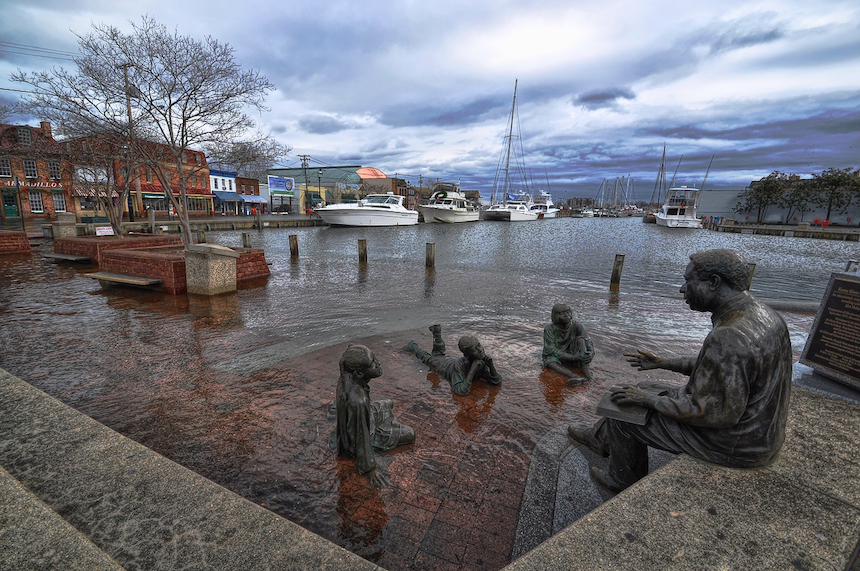
While the scientific community has long warned about rising sea levels and their destructive impact on life, property, and economies of some of the U.S. most populous cities, researchers have developed a new, statistical method that more precisely calculates the rate of sea level rise, showing it is not only increasing, but accelerating. The research, methodology and current findings was presented by Andrew Parnell of University College Dublin 2 August at the Joint Statistical Meetings (JSM) in Baltimore, Maryland.
The new approach contrasts with previous ways scientists analyzed and came to conclusions about sea level rise because it is “the only proper one that aims to fully account for uncertainty using statistical methods,” noted Parnell, principal investigator of the study conducted collaboratively with researchers at Tufts University, Rutgers University and Nanyang Technological University.
ASA saysthat by examining two data sets, one that consisted of measurements from sediment along the East Coast from 2,000 years ago and another that included tide gauges around the world dating back to the 1800s, Parnell and his team discovered the data they gathered from years ago contained uncertainties. For instance, with more tide gauges deployed today than hundreds of years ago, recent records yielded more certainty than older ones. The team honed their statistical models to further take into account such uncertainties and possibly created a statistical first. “This likely is the first time a group of statisticians have had really close examination of sea level data,” said Parnell.
Parnell’s team has been able to show that sea level rise on the East Coast has been much less than 1 millimeter (mm) per year for the entire period 0 AD to 1800 AD, and, since then, it has skyrocketed. In fact, they have discovered the rate of sea level rise on the East Coast is the highest it has been for at least 2,000 years, and the rate of global sea level rise is above 1.7 mm per year, estimated by the International Panel on Climate Change. “Some people argue that sea levels are not rising. We are showing them that sea levels are not only rising, but accelerating,” continued Parnell.
From their analysis, researchers made additional observations, including the following:
— An increase in the rate of sea level change around the time period known as the “Medieval Climate Anomaly”
— A small decrease around the time of the “Little Ice Age”
— A rapid increase after the start of the Industrial Revolution
The new model has recently been put to the test in New York City, where the rate of sea level rise is more than 3 mm per year in an area that currently houses more than $25 billion of infrastructure at less than 1 meter above sea level. Researchers anticipate the model will be rolled out in other cities along the East Coast and hope governments will be receptive and prepared to take the issue of sea level rise seriously.
This article published courtesy of Homeland Security News Wire
